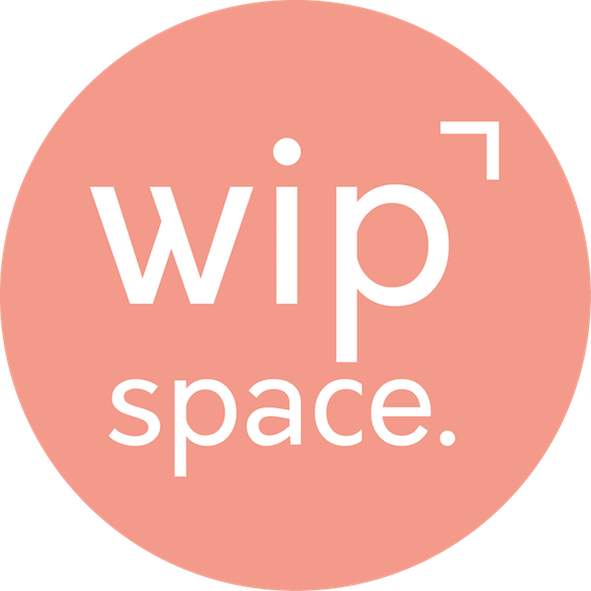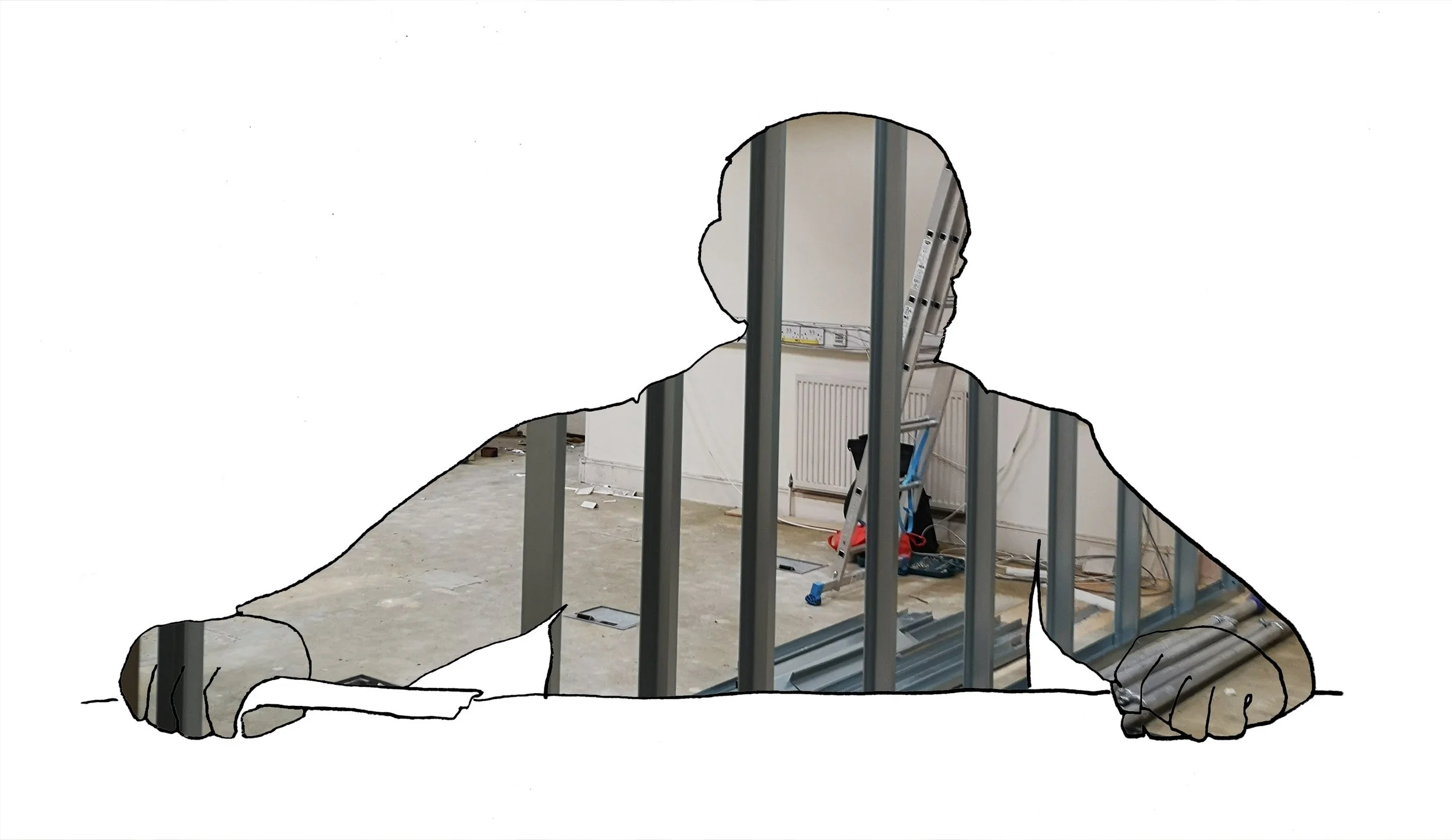I wish I had somewhere to put it.
Kelly Lloyd
6th June - 3rd July 2025 | Opening 5th June 7-9pm
In Ane Hjort Guttu’s Manifesto one of the characters mentioned how inspired they were by Keith Jarrett’s The Köln Concert. I snort laughed. I don’t know if it was a joke, but it felt like it was. A commentary on the things people say influence their art and how that is one of the constants. I like these constants, these reoccurring threads because they suggest the ways we are all connected in one of these -isms. We all like Keith Jerrett’s The Köln Concert and Ursula K. Le Guin’s The Carrier Bag Theory of Fiction. That’s us now.
I first learned about this concert from my parents probably, but then since I forgot that, I learned about the concert first for the second time while listening to Hidden Brain. In “You 2.0: Why Disorder May Be Good for Us” a Summer 2017 broadcast of a Fall 2016 conversation, host Shankar Vedantam and guest Tim Harford, author of Messy: The Power of Disorder to Transform Our Lives, discuss Jarrett’s concert and, “how disruptions and inconveniences and surprises can sometimes have paradoxically good effects on us even though we all try to avoid those disruptions.”1
What I love about this story is this, yes, but also the fact that Jarrett told a 17-year-old Vera Brandes who had organised the concert, “Only for you” (Don’t you love it when someone says that to you?)… but also Jarrett’s grunts. Not unique to this live performance but the first time I heard them. Harford tells Vedantam, “you can hear him moaning in frustration during the concert. He's hating it. But it is amazing.”2
The grunts of effort and moaning in frustration are taken out of Jarrett’s studio album recordings, of course, like the way podcast audio producers (like me) lower the volume when the speaker gasps for air between words and almost remove entirely non-verbal oral expressivities. Brandon LaBelle groups gasps and grunts together in Lexicon of the Mouth, pointing out the perception of them as the “improper vibrations” among similar “paralinguistic and kinesic gestures.” LaBelle writes, “in their sounds we might locate the point at which the body is impressed upon by the sudden weight of the world, by the surprises that lie in wait, and by the labors that demand our energy and our excitement.”3
Where do these “improper vibrations” go when they’ve been edited out? Where do the traces of our bodies and our labour go? I wish I had somewhere to put them.
I wish I had something to put them on but also hang them from. Somewhere to rest them; like my arms, somewhere high enough to perch, but somewhere low and sturdy enough to write on: a plinth, a platform, a table, a desk. Somewhere to put these things I should keep so I can remember: a drawer, a shelf, a hook, a book, a bookshelf. I wish I had somewhere to put them.
I wish I had somewhere to put my body. Somewhere next to a window, preferably with running water, heat, and Wi-Fi. With a wall I can drill into and a floor I can spill things on. Someplace safe. Somewhere around the corner from a friend or a supermarket, preferably both.
1 Shankar Vedantam, host, “You 2.0: Why Disorder May Be Good for Us,” Hidden Brain (podcast), August 7, 2017, accessed May 4, 2025, https://www.npr.org/transcripts/542091224.
2 Ibid.
3 Brandon LaBelle, Lexicon of the Mouth: Poetics and Politics of Voice and the Oral Imaginary (New York: Bloomsbury Publishing, 2014), 85-86.
//
In I wish I had somewhere to put it. Kelly Lloyd presents a site-specific installation which reflects on the invisible labour of artist-run spaces through the history of WIP Space, the Shakers, and Albrecht Dürer. Lloyd creates installations that combine text, murals, and discrete objects, and writes essays that she occasionally performs. Lloyd interchanges humour, denial, and the personal to maintain a level of indeterminacy in her work that she hopes destabilizes stock relationships between looking, identifying, and understanding.
Kelly Lloyd obtained her DPhil from the Ruskin School of Art, MFA and MA from the School of the Art Institute of Chicago, and BA from Oberlin College. Lloyd has exhibited her work at, among others, No Show Space, London; the National Sculpture Factory, Cork; Royal Academy Schools, London; Institute for Contemporary Art, Baltimore; fluc, Vienna; and the Hyde Park Arts Center, Chicago. Her interviews, writing and art appear in publications including BOMB Magazine, Art Review Oxford, and The Smudge.


